About Indian Herbs
Indian Herbs are ethnic ingredients of staple Indian foods. Despite adding flavor to the rich cuisines, they exhibit incredible health benefits. Indian Herbs from the country India, have always been prevalent to the culture and history of India. According to Ayurveda, “Indian herbs are a significant part of the history of Ayurveda, the system of traditional medicine which is now popularly called alternative medicine.” Indian herbs are known for their medicinal properties. These medicinal herbs have been used since times immemorial. Even the ancient Indian text “Atharva Veda” mentions several medicinal herbs and their benefits. In modern times too, people are increasingly turning to medicinal herbs as a source of alternative therapy. One of the major benefits of medicinal herbs is that they have no major side effects. According to Ayurveda, Henna, Rhubarb, Liquorice, Psyllium Husk, Guggul, Sarsaparilla, Ginger-root, Aloe, Sandalwood and Basil, are a few of the many herbs used by the Indian culture of healing. Indian herbs that have become popular to Western culture, include turmeric, commonly used for the treatment of infections and boils and Kava-Kava, Some of the noted healing properties of Indian Herbs include, but are not limited to, abortifacients, analgesics, antiasthmatic, antibacterials, anti-inflammatories and antioxidants.
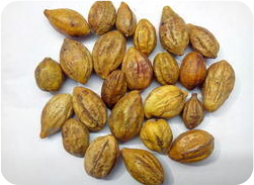
YELLOW HARDA
This tree yields smallish, ribbed and nut-like fruits which are picked when still green and then pickled, boiled with a little added sugar in their own syrup or used in preserves. The seed of the fruit, which has an elliptical shape, is an abrasive seed enveloped by a fleshy and firm pulp. Seven types of fruit are recognized (vijaya, rohini, putana, amrita, abhaya, jivanti, and chetaki), based on the region where the fruit is harvested, as well as the colour and shape of the fruit.
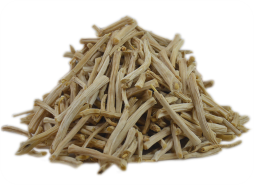
SHATAVRI
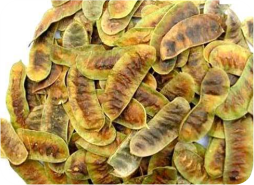
SENNA PODS
senna pod in the Pharmaceutical Industry. ... Senna pods, a herbal laxative, are used as a treatment for constipation. Dried senna pods can be brewed into a tea and used as a purgative and laxative. Senna pods are the dried fruit of a senna plant, used as a purgative and laxative
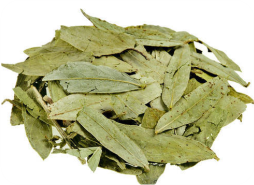
SENNA LEAVES
Senna is an herb. The leaves and the fruit of the plant are used to make medicine. ... A prescription is not required to purchase senna. It is used to treat constipation and also to clear the bowel before diagnostic tests such as colonoscopy.
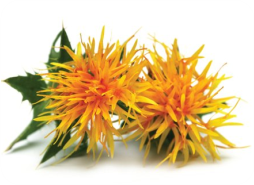
SAFFLOWER
The linolenic and linoleic acids in safflower seed oil might help prevent “hardening of the arteries,” lower cholesterol, and reduce the risk of heart disease. Safflower contains chemicals that may thin the blood to prevent clots, widen blood vessels, lower blood pressure, and stimulate the heart.

PSYLLIUM HUSK & SEEDS
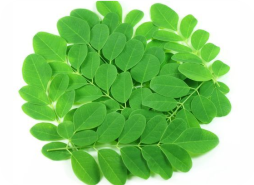
MORINGA LEAVES
Moringa oleifera is a plant that is often called the drumstick tree, the miracle tree, the ben oil tree, or the horseradish tree. Moringa has been used for centuries due to its medicinal properties and health benefits. It also has antifungal, antiviral, antidepressant, and anti-inflammatory properties.
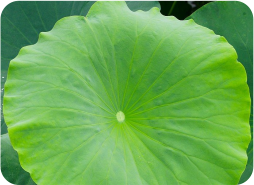
LOTUS LEAF
lotus leaf has a clever design that discourages surface wetting both through a waxy nonpolar coating and a rough structure which both make surface interactions less favorable.
a. Self-cleaning glass facades, solar modules and windows.
b. Self-cleaning nano-based facade coatings and plasters..
c. Self-cleaning roof tiles..
d. Nano-sealing in sanitary areas (shower glass wall, tiles, etc.)

GUM KARAYA
Karaya gum is a sap-like material taken from a tree that grows in India. People use it to make medicine. Karaya gum is used as a bulk-forming laxative and to increase sexual desire (as an aphrodisiac), but there is no good scientific evidence to support its use. Karaya gum swells in the intestine, which stimulates the digestive tract to push stool through.
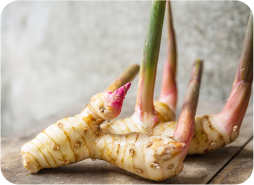
GALANGAL ROOTS
Alpinia galanga, a plant in the ginger family, bears a rhizome used largely as an herb in Unani medicine and as a spice in Arab cuisine and Southeast Asian cookery. It is one of four plants known as "galangal", and is differentiated from the others with the common names lengkuas, greater galangal, and blue ginger.

DRY AMLA
Dried Amla, or Amla whole, is obtained by drying fresh amla fruits. During the drying process, water (the main ingredient), is mostly eliminated. Thus leaving the nutritions behind which includes the presence of chromium. Dry amla fruit has been considered a cardioactive medication since ancient times in India. Research shows that Amla helps decrease cholesterol levels; it also helps prevent the building up of bad cholesterol and reduces triglyceride levels that otherwise pose a risk to heart health
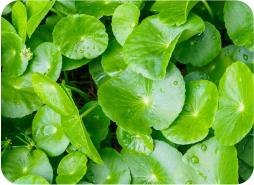
CENTELLA ASIATICA
Centella asiatica, commonly known as Gotu kola, kodavan, Indian pennywort and Asiatic pennywort, is a herbaceous, perennial plant in the flowering plant family Apiaceae.
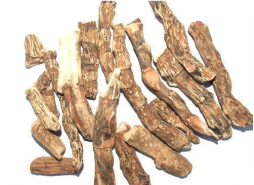
CALAMUS ROOTS
Acorus calamus (also called sweet flag, sway or muskrat root, among many common names) is a species of flowering plant with psychoactive chemicals. Clinical studies are lacking due to concerns of toxicity. Antioxidant, anti-inflammatory, and cardiovascular effects have been described, as well as activities in epilepsy, diabetes, and cancer. However, because of toxicity and lack of clinical trials, no recommendations for use can be made. Use of calamus and its extracts is prohibited in the US.
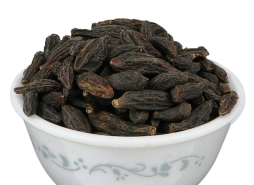
BLACK HIMEJ
Dark Forest Himej Powder is a powder which helps to treat constipation and gas. It is used in maintaining the general health and vitality. It also supports the regulation of the digestive system
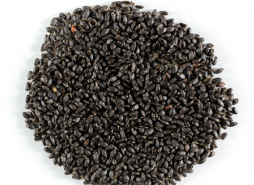
BASIL SEEDS
Basil seeds are high in fiber, a good source of minerals, rich in plant-based omega-3 fat, and plentiful in beneficial plant compounds. You can eat them after soaking them in liquid. Basil seed beverages have long been popular in India and Southeast Asia and are now catching on in the United States as well.
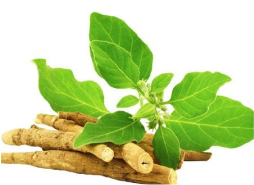
ASHWAGANDHA
Ashwagandha is an important herb in Ayurvedic medicine. This is one of the world’s oldest medical systems and one of India’s healthcare systems. In Ayurvedic medicine, ashwagandha is considered a Rasayana. This means that it helps maintain youth, both mentally and physically.
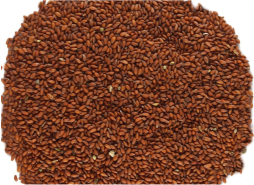
ASALIYA SEEDS
Asaliya seeds (Lepidium sativum), sometimes referred to as garden cress to distinguish it from similar plants also referred to as cress, is a rather fast-growing, edible herb. Garden cress is genetically related to watercress and mustard, sharing their peppery, tangy flavor and aroma.
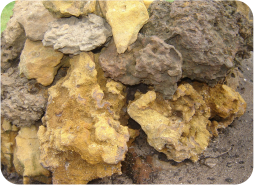
ALEOS
Indian Aleos preparations can be used in confection, Tincture, Lotion and juice. it is a favourite remedy for intestinal worms in children. it is also added in various mixtures for cure of piles, colic, pneumonia, asthma, epilepsy, cough, cold, etc